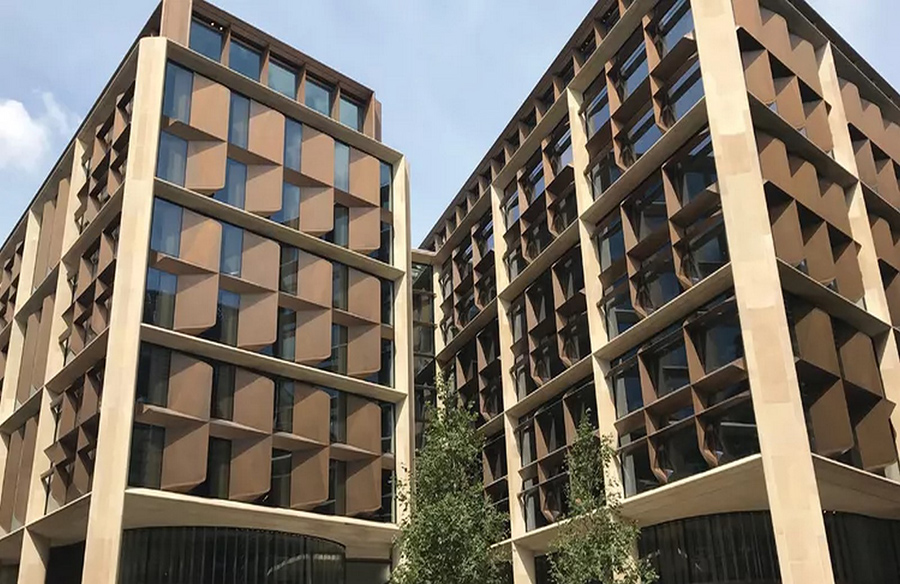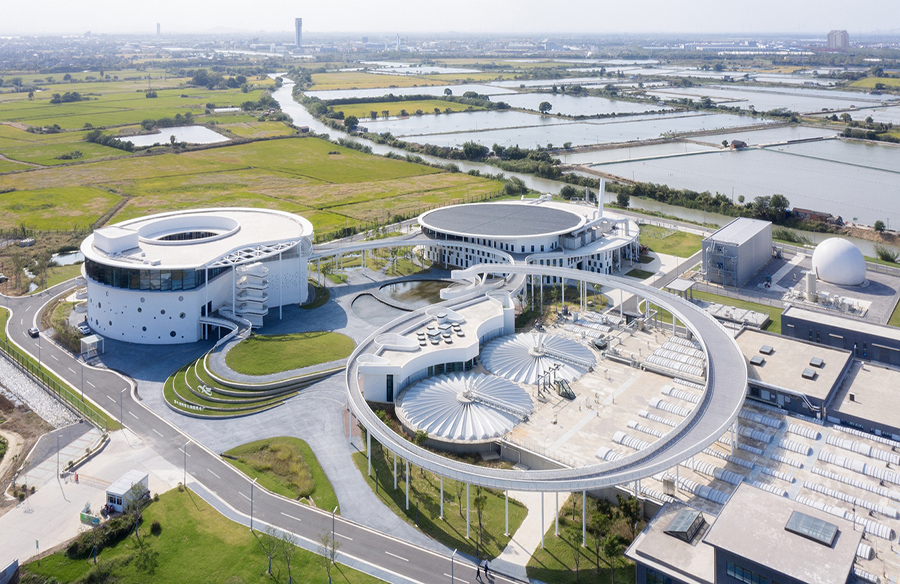The United Nations recently unveiled a comprehensive set of design principles titled the “San Marino Declaration on principles for sustainable and inclusive urban design and architecture in support of sustainable, safe, healthy, socially inclusive, climate-neutral and circular homes, urban infrastructure and cities.” Despite its noble intentions, the document’s verbose title mirrors its convoluted content.
A Multifaceted Audience
Architect Norman Foster, a notable figure in the architectural realm, emphasized the inclusive nature of the declaration, extending its relevance beyond architects and engineers to encompass city managers, politicians, developers, and builders. However, this broad inclusivity raises questions about the document’s clarity and efficacy across diverse stakeholders.
Critical Examination of Principles
While Foster champions the declaration, scrutiny reveals several ambiguities and omissions. Notably, the document’s emphasis on resource efficiency and circularity lacks specificity, leaving room for interpretation rather than prescribing concrete standards such as Passivhaus certification. Similarly, the notion of “climate neutrality” lacks a precise definition, hindering actionable strategies for mitigating environmental impact.

Gaps in Addressing Key Concerns
Despite addressing resilience, durability, functionality, and accessibility, the declaration overlooks critical issues such as embodied carbon and the imperative to reduce unnecessary construction. The absence of clear directives on low-carbon materials and infrastructure projects like airports underscores the document’s shortcomings in providing comprehensive guidance for sustainable development.
A Call for Clarity and Focus
As an architect specializing in sustainable design, I find the declaration’s lack of specificity concerning. It fails to articulate a coherent strategy for immediate carbon emissions reduction and the phased elimination of fossil fuels—a fundamental imperative for the architectural and engineering communities. Without clear directives, the declaration risks becoming a mere symbolic gesture rather than a catalyst for meaningful change.
Conclusion: Striving for Precision
In its current form, the San Marino Declaration falls short of providing actionable guidelines for sustainable urban development. To realize its potential, the declaration must undergo rigorous refinement, prioritizing clarity, specificity, and a focused agenda for reducing carbon emissions and promoting environmental stewardship. Only then can it truly serve as a transformative framework for shaping the cities of tomorrow.








